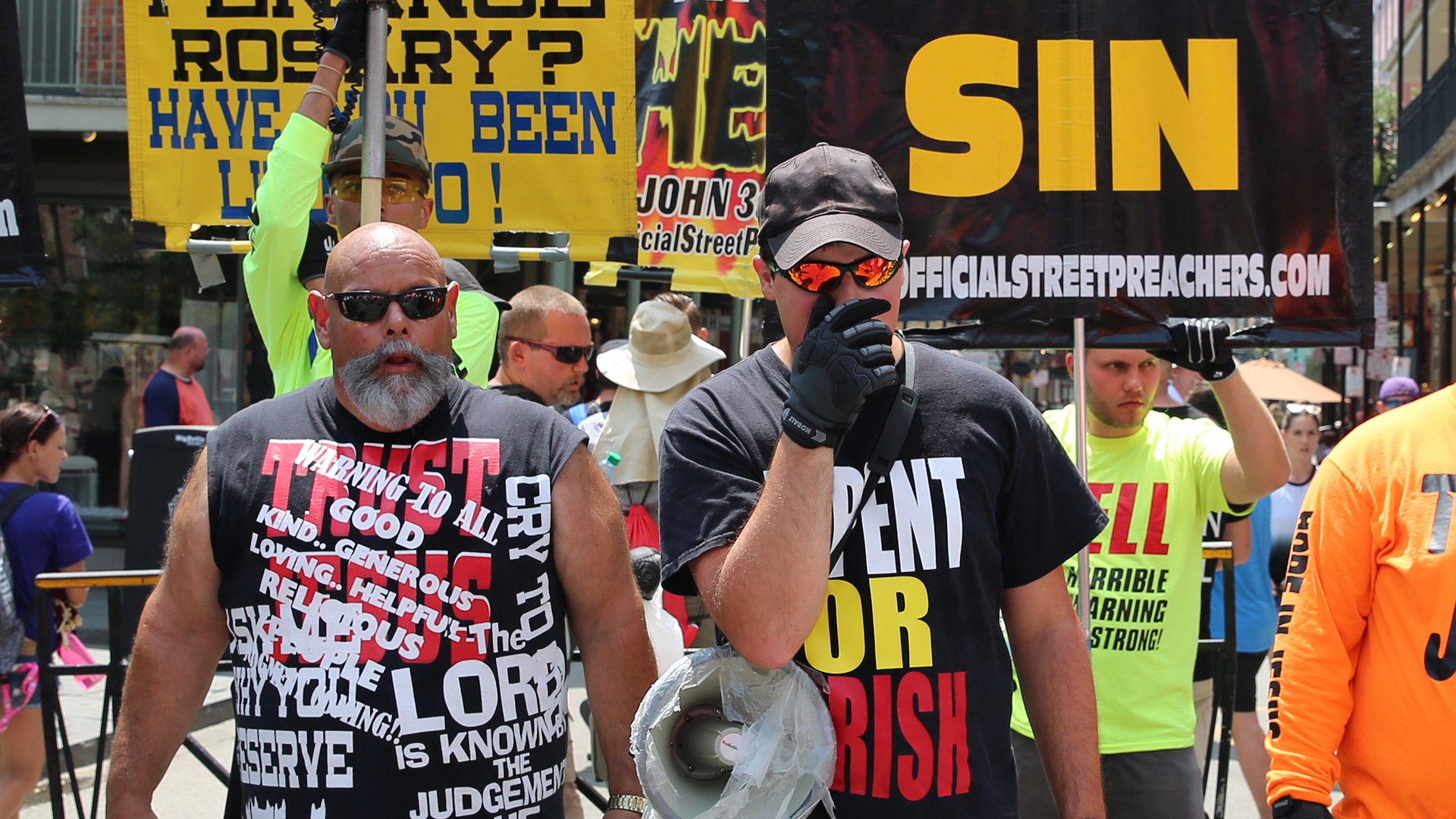This article is part of a weeklong series looking back at the first year of Donald Trump's presidency.In the summer of 2016, when Donald Trump secured the Republican nomination for president, old-school conservatives split (broadly speaking) into three groups. A few loved him unconditionally. Never Trumpers refused to support the nominee on the grounds of his crude, unreliable personality and his protectionist impulses. Then there were those who didn’t exactly love or even trust Trump, but found one big reason to vote for a man who had celebrated pussy grabbing and called for the government to cover everybody’s healthcare: At least he’d appoint conservative judges, especially when it came to the Supreme Court.This group got what it wanted when Trump put Neil Gorsuch on the highest court in the land. Gorsuch is not only an unimpeachably conservative justice, he’s only 50 years old, meaning he’ll likely have decades on the Supreme Court, where he’ll be able to reshape law in all sorts of fields. One of the most significant results will almost surely be a massive blow to the country’s beleaguered labor movement. We won’t have to wait long to learn how this will play out: This year, the court is set to decide Janus v. AFSCME, a case whose likely outcome will hobble public-sector unions. That will be a serious blow to what are one of the few functional tools for regular people—teachers, state social workers, city hall janitors—to improve their wages and working conditions and influence democratic institutions.Trump’s Gorsuch appointment wouldn’t have been possible without a year of stonewalling by Senate Republicans after the death of conservative Supreme Court justice Antonin Scalia in February 2016. When Barack Obama nominated Merrick Garland—a relative moderate—to fill the seat, Republicans refused to hold hearings, and the seat sat unoccupied for months.During the campaign, Trump appealed to conservatives by promising to appoint one of their own to the Supreme Court, and in May 2016, he released a list of 11 potential nominees. Gorsuch wasn’t on that list, but he had impeccable right-wing credentials, including a long anti-labor history.

Gorsuch has a history of favoring employers over employees in legal disputes. As a lower court judge, he supported Hobby Lobby’s right not to cover certain forms of contraception for its workers. In a case involving a truck driver who abandoned a broken-down trailer in subzero temperatures when he started losing feeling in his limbs, Gorsuch sided with the company’s decision to fire the man in a dissent Senator Al Franken grilled him on during his confirmation hearings.Understandably, his appointment has labor concerned. “I’m worried about his entire slant against employee rights,” said Marni von Wilpert, associate labor counsel with the Economic Policy Institute, a pro-labor think tank.Those worries may prove prescient in Janus. The case stems from a suit brought by Illinois state government employee Mark Janus against the union that represents him, with backing from the anti-union National Right to Work Foundation. The argument behind the case is that workers like Janus shouldn’t be forced to support political speech by a union whose political views they don’t agree with.Currently, government workers can’t be forced to join a union or pay for its lobbying work. What unions can do is charge them a fee to cover the cost of bargaining for raises and benefits that affect the whole workforce—the most central, important work of any union. But, according to Janus’s supporters, it’s hard to separate collective bargaining from lobbying.“In the public sector, both the political spending and the collective bargaining are directed at the public employer,” said Daniel DiSalvo, a senior fellow at the Manhattan Institute, which supports conservative economic policies. “Ultimately, all these questions about salary and job benefits are political decisions.”The problem for unions is that if workers like Janus could choose not to pay fees but still reap the benefits of working under a contract, presumably a lot of them would do so. DiSalvo noted that the Janus ruling will only affect 22 states where the fees are currently legal for state and local public employees. But those states include major population centers like California and New York that represent large part of the nation’s public workforce. Within those bargaining units, DiSalvo estimated that unions may lose 10 to 30 percent of their revenues.That, he argued, could reduce unions’ power, to the benefit of local budgets. “Unions increase the cost of government,” he said. “The upside benefit might be greater flexibility for states and municipalities that are under a lot of strain.”Patrice Mareschal, an associate professor who researches labor at Rutgers University, said the push for an anti-union decision in Janus is part of a larger campaign by conservative groups to reduce the power of both workers and government.“The efforts to kind of undermine public-sector unions are part of a broader strategy to dismantle public services,” she said.“The end result is that a lot of these displaced blue-collar workers have become resentful of public-sector workers,” Mareschal said.We’ve already seen the politics of this dynamic play out in states like Wisconsin, which have passed laws hobbling the public-sector unions. (Among other things, this has led to worse working conditions for public teachers in the state.) But the Janus case is different because it determines what’s constitutional. Even if state governments swing in a more union-friendly direction in the future, they won’t be able to reverse the change.Wilpert said one positive sign for labor is that the recent changes in state laws have led to a wave of labor activism. In Iowa, for example, public employees overwhelmingly chose to recertify their unions this October after a new law raised the bar for maintaining their collective bargaining rights. “That’s the one silver lining I see is people getting reenergized,” she said.But, she added, it’s going to be difficult for unions to continue serving their members if they see severe declines in revenue. “This case is really designed to starve public-sector unions of their operating funds,” she said. “How they are going to function in that environment is going to be the question.”Another question, Mareschal said, is how broader progressive efforts for workers’ rights, which are overwhelmingly supported by union money and clout, will survive if unions continue to decline.“Labor unions remain the most prominent non-market institution promoting voice at work and promoting economic justice,” she said. “[Janus] erodes the ability of unions to participate in democratic processes, but it also erodes community coalitions. It really, I think, weakens the democratic system.”Follow Livia Gershon on Twitter.
Advertisement
Advertisement

Gorsuch has a history of favoring employers over employees in legal disputes. As a lower court judge, he supported Hobby Lobby’s right not to cover certain forms of contraception for its workers. In a case involving a truck driver who abandoned a broken-down trailer in subzero temperatures when he started losing feeling in his limbs, Gorsuch sided with the company’s decision to fire the man in a dissent Senator Al Franken grilled him on during his confirmation hearings.Understandably, his appointment has labor concerned. “I’m worried about his entire slant against employee rights,” said Marni von Wilpert, associate labor counsel with the Economic Policy Institute, a pro-labor think tank.Those worries may prove prescient in Janus. The case stems from a suit brought by Illinois state government employee Mark Janus against the union that represents him, with backing from the anti-union National Right to Work Foundation. The argument behind the case is that workers like Janus shouldn’t be forced to support political speech by a union whose political views they don’t agree with.Currently, government workers can’t be forced to join a union or pay for its lobbying work. What unions can do is charge them a fee to cover the cost of bargaining for raises and benefits that affect the whole workforce—the most central, important work of any union. But, according to Janus’s supporters, it’s hard to separate collective bargaining from lobbying.
Advertisement
Advertisement
Mareschal said these unions have historically functioned as “schools of democracy.” They encourage workers to learn about policy issues and candidates, and they form coalitions with other grassroots groups. For example, the Chicago Teachers Union has worked with city families to advocate for smaller class sizes and more support services for students. In recent years, unions representing public-sector workers have also supported workers’ campaigns outside the formal labor movement, including the Fight for $15.When public-sector unions became a significant force in the 1960s and 70s, Mareschal told me, city and state governments were largely staffed by young, educated, civically minded workers, mainly people of color and white women. Private-sector unions, still a big political player in those days, helped their public-sector counterparts gain power.But today the US private-sector workforce is less than 7 percent unionized—down from almost 17 percent in 1983—and blue-collar wages have stagnated. Meanwhile, just over a third of public-sector workers are union members. As anti-union forces have turned their attention to government employees, Mareschal said, they’ve found new allies in the largely white, male workers who have suffered from the decline of private-sector unions. Many of these workers think they’re paying too much in taxes to support the salaries and benefits of the government workforce—which tends to be more educated, more female, and less white.
Advertisement

